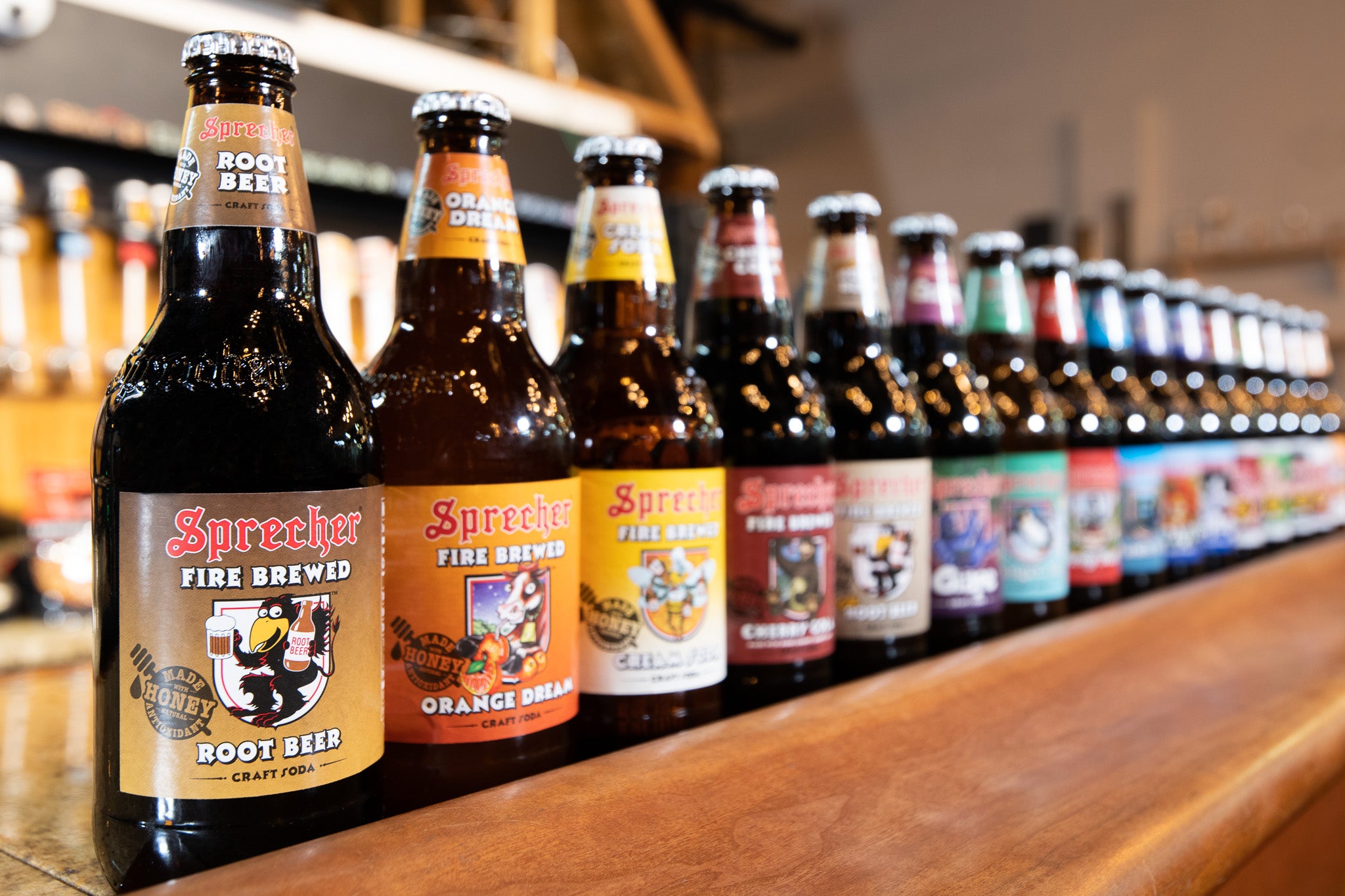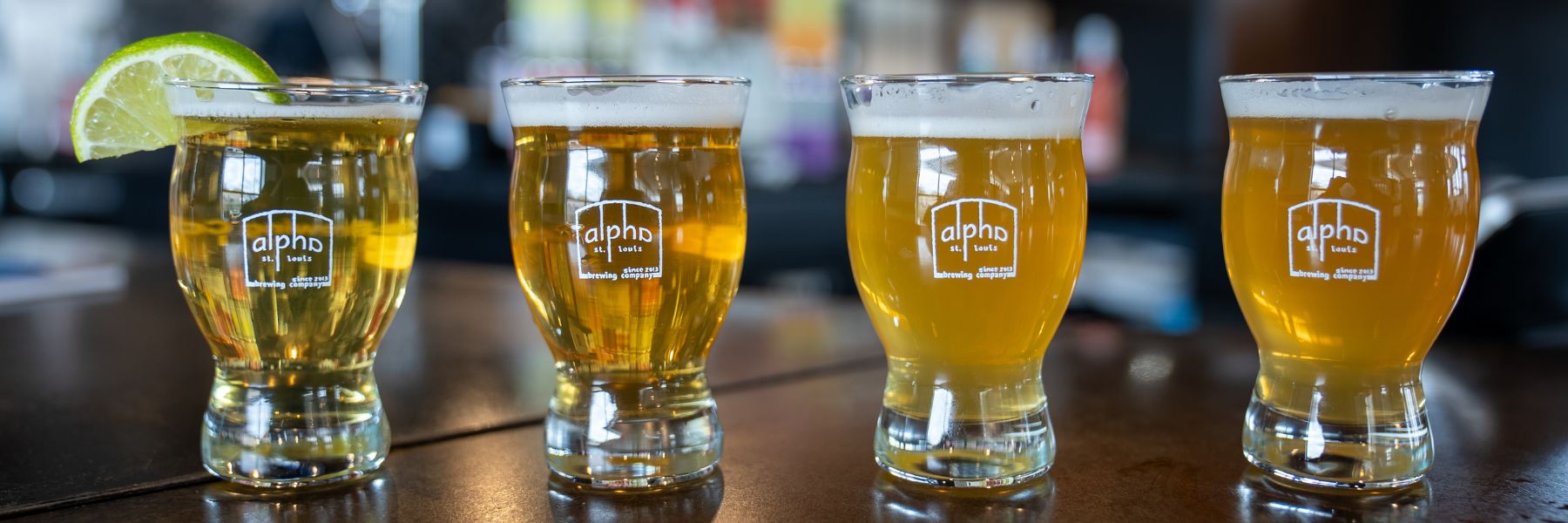Opening the Mysteries of Distillery Processes: A Comprehensive Overview
Within the world of distillery processes exist complexities that often stay veiled to the casual viewer. From the meticulous art of mashing and fermentation to the alchemical makeovers that occur throughout distillation, each action holds its own keys waiting to be deciphered. As we venture right into the depths of spirit aging strategies and the precision of quality assurance steps, a tapestry of tastes and aromas arises, formed by classic customs and cutting-edge practices. Join us as we get started on a journey to demystify the enigmatic globe of purification, where science satisfies virtuosity in an unified blend that mesmerizes the detects.
The Art of Mashing and Fermentation
In the distillery procedure, the art of mashing and fermentation plays an essential function in changing basic materials right into the first phases of alcohol manufacturing. Mashing involves the process of breaking down the starches in grains like rye, barley, or corn, right into fermentable sugars. This crucial action is typically achieved by mixing the machine made grains with warm water to develop a "mash." Enzymes existing in the grains assist transform the starches into sugars, producing a wonderful liquid known as wort.
When the wort is created, fermentation comes right into play. Yeast, a principal in this phase, is contributed to the wort to start the fermentation procedure. Yeast eats the sugars in the wort, generating alcohol and co2 as by-products. This transformative process typically takes numerous days to finish, depending upon the desired alcohol web content and flavor profile.
Mashing and fermentation are intricate procedures that set the structure for the alcohol that will ultimately be distilled and matured to produce an end product with distinct attributes and tastes.
Understanding the Purification Process
One of the essential phases in the production of alcohol includes understanding the purification process. Distillation is an approach used to separate alcohol from the fermented fluid, usually through heating and cooling procedures.

Comprehending the purification process is critical for distillers to manage the top quality, strength, and preference of the alcohol being generated. By grasping the art of purification, distilleries can create a large range of spirits with distinct attributes that appeal to different customer choices.
Secrets of Spirit Aging Methods
Exploring the complexities of spirit aging methods reveals the surprise virtuosity behind the growth of nuanced tastes and scents in distilled beverages. The aging process is a vital stage in the production of spirits, where the fluid connects with the oak barrels, soaking up substances that enhance its profile over time. Distilleries frequently use charred oak barrels, which impart unique tastes to the spirit with a process of extraction and oxidation.
Furthermore, the ecological problems in which the barrels site are stored play a significant duty in forming the end product. Changes in temperature and moisture can affect the rate of aging and the communications in between the spirit and wood. Master distillers masterfully navigate these variables to craft spirits with distinct individualities, symbolizing the conclusion of time-honored practices and ingenious techniques.
High Quality Control and Testing Approaches
The precise workmanship demonstrated in managing and picking barrels aging periods in the spirits manufacturing process emphasizes the essential value of stringent top quality control steps and specific testing approaches (Galveston Whiskey). Quality assurance in distilleries includes numerous stages to make sure that each batch satisfies the wanted requirements. From raw site product inspection to end product analysis, each step is essential in keeping consistency and excellence
One important facet of quality assurance is sensory evaluation, where experienced specialists assess the fragrance, flavor, and overall high quality of the spirits. Chemical evaluation techniques such as gas chromatography and mass spectrometry are employed to find any impurities or variances from the wanted composition. Additionally, physical tests like thickness dimensions and pH evaluation give further insights into the product's attributes.
To assure adherence to regulative demands and interior requirements, distilleries additionally perform microbiological screening to examine for any type of microbial contamination that might impact the product's safety and life span. By implementing robust quality assurance and screening techniques, distilleries can maintain their track record for creating premium spirits consistently.
Discovering One-of-a-kind Taste Mixtures

In the procedure of flavor infusion, the chosen botanicals are contributed to the base spirit and left to emaciate or high for a specific duration. This permits the alcohol to extract the tastes and crucial oils from the botanicals, resulting in an unified mix of tastes (Galveston Liquor). Distilleries may additionally use methods like vapor mixture or basket mixture throughout purification to present certain flavors to the spirit
Furthermore, some distilleries select barrel aging or barrel completing techniques to present extra intricacy and deepness to their spirits through communications with the wood. These methods add to the Get More Info creation of one-of-a-kind taste profiles that interest a discerning target market seeking novel and remarkable drinking experiences.
Conclusion
Recognizing the science behind these processes is necessary for generating top quality spirits. By opening the enigmas of distillation, distillers can create special and savory spirits that appeal to a vast array of consumers.
As we venture into the depths of spirit aging methods and the accuracy of top quality control measures, a tapestry of aromas and flavors emerges, shaped by cutting-edge techniques and time-honored traditions. Distilleries typically use charred oak barrels, which pass on unique tastes to the spirit through a procedure of extraction and oxidation.Making use of a varied variety of active ingredients and botanicals, distilleries can craft unique flavor infusions that set their spirits apart in an affordable market. Galveston Liquor.In the process of flavor infusion, the chosen botanicals are added to the base spirit and left to macerate or steep for a specific period. Distilleries may likewise utilize techniques like vapor infusion or basket mixture throughout purification to give certain flavors to the spirit